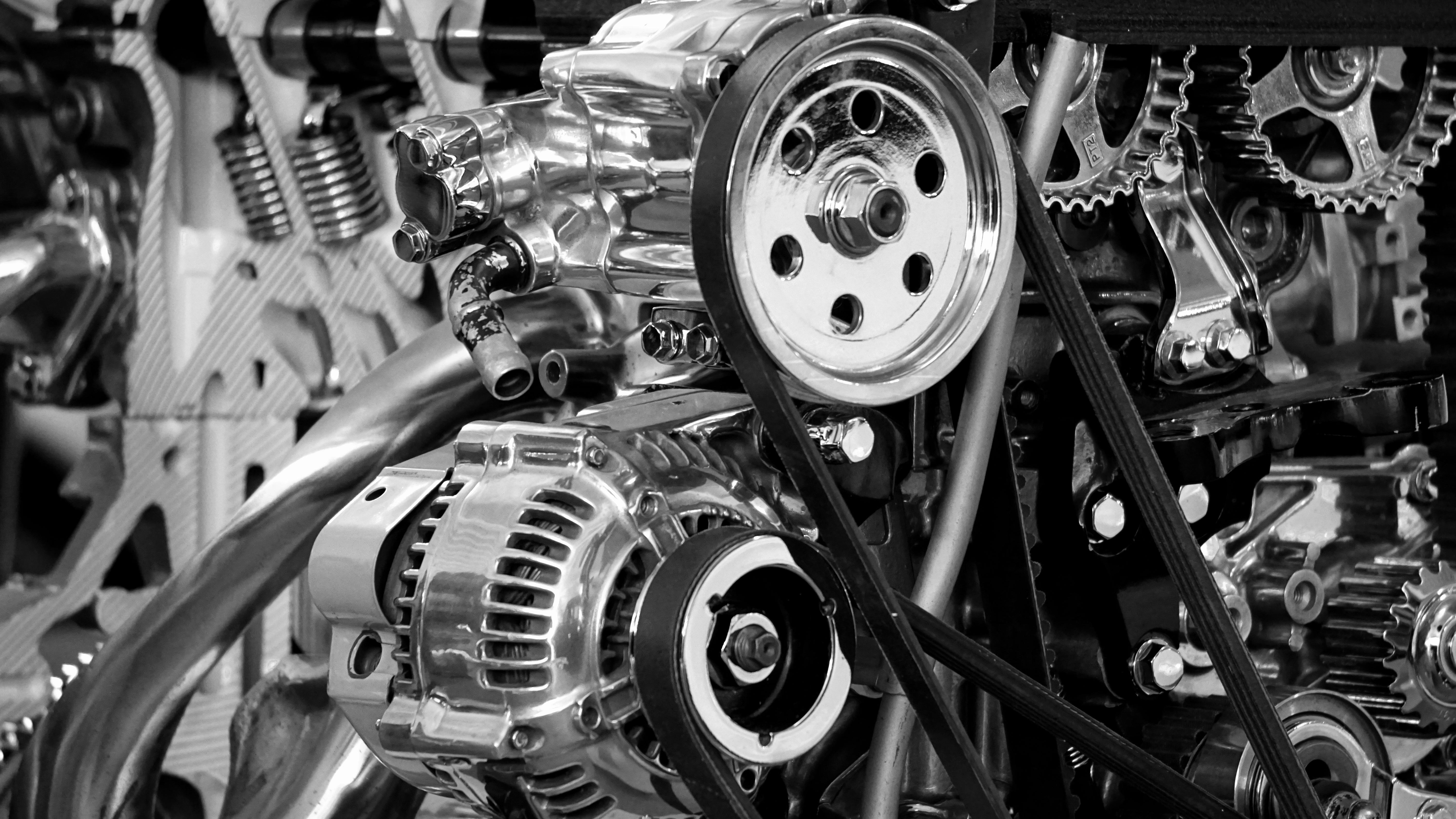Portable laser welding machines improve accuracy and efficiency in Germany
In Germany, portable laser welding machines are transforming the welding landscape by improving accuracy, saving time, and reducing costs. This technology is particularly beneficial in various sectors, such as manufacturing and construction. A closer look at the different models, pricing structures, and practical applications reveals their growing importance in welding manufacturing processes. Furthermore, effective welding training for workers is essential to maximizing the potential of these advanced machines.

Portable laser welding machines represent a significant advancement in joining technology, combining the precision of laser systems with the flexibility of handheld or mobile units. Unlike stationary industrial laser welders, these portable versions allow operators to bring the welding tool directly to the workpiece, making them particularly valuable for on-site repairs, large component assembly, and applications where moving the workpiece is impractical. The technology uses focused laser beams to create localized melting and fusion of materials, resulting in strong, clean welds with minimal thermal distortion.
What are portable laser welding machines and what advantages do they offer?
Portable laser welding machines are compact, mobile welding systems that utilize laser technology to join metal components with exceptional precision. These devices typically consist of a laser source, fiber optic delivery system, handheld welding gun, and control unit, all integrated into a transportable package. The laser beam generates intense, concentrated heat that melts the metal surfaces, creating fusion without the need for filler materials in many applications.
The advantages of portable laser welding machines are substantial compared to conventional welding methods. First, they produce significantly smaller heat-affected zones, which minimizes material distortion and preserves the mechanical properties of surrounding areas. Second, welding speeds are considerably faster, often two to ten times quicker than traditional TIG or MIG welding, directly improving production efficiency. Third, the precision of laser welding enables operators to work on thin materials and complex geometries that would be challenging with conventional techniques. Fourth, these systems generate minimal spatter and require less post-weld cleanup, reducing finishing time and material waste. Fifth, the non-contact nature of laser welding extends equipment lifespan and reduces consumable costs. Finally, many portable laser welding machines feature user-friendly interfaces that shorten the learning curve for operators transitioning from traditional welding methods.
In which industrial sectors is laser welding used?
Laser welding technology has found applications across numerous industrial sectors in Germany and throughout Europe. The automotive industry represents one of the largest adopters, using laser welding for body assembly, battery pack construction for electric vehicles, and precision joining of transmission components. The aerospace sector relies on laser welding for manufacturing lightweight structural components, turbine blades, and fuel system assemblies where strength-to-weight ratios are critical.
The medical device industry utilizes laser welding extensively for producing surgical instruments, implantable devices, and diagnostic equipment that require biocompatible, contamination-free joints. Electronics and semiconductor manufacturers employ laser welding for creating hermetic seals, connecting delicate components, and assembling battery cells for consumer devices. The jewelry and watchmaking industries benefit from the precision of laser welding when working with precious metals and intricate designs. Additionally, the energy sector uses portable laser welding for pipeline repairs, power generation equipment maintenance, and renewable energy infrastructure assembly. Tool and die manufacturing, shipbuilding, rail transportation, and general metal fabrication shops increasingly incorporate laser welding technology to improve quality and reduce production costs.
Why is laser welding training essential?
Proper training in laser welding operations is essential for maximizing the technology’s benefits while ensuring workplace safety and consistent weld quality. Laser systems operate at power levels and wavelengths that pose significant risks to eyesight and skin if safety protocols are not followed. Comprehensive training programs cover laser safety classifications, protective equipment requirements, beam path management, and emergency procedures to prevent accidents.
Beyond safety considerations, effective training ensures operators understand the relationship between laser parameters and weld quality. Variables such as power output, pulse duration, beam focus, travel speed, and shielding gas selection all influence the final weld characteristics. Trained operators can identify appropriate parameter combinations for different materials, thicknesses, and joint configurations, reducing trial-and-error time and material waste. Training also covers proper maintenance procedures that extend equipment lifespan and prevent costly downtime. Operators learn to recognize early signs of component degradation, perform routine calibrations, and troubleshoot common issues before they escalate into major problems.
Furthermore, certification in laser welding demonstrates professional competency and can be required for quality management systems compliant with ISO standards. Many German manufacturers require documented training records as part of their quality assurance protocols. As laser welding technology continues to evolve with new features and capabilities, ongoing training keeps operators current with best practices and emerging techniques. Investment in comprehensive laser welding training ultimately translates to higher productivity, better weld quality, reduced rework rates, and improved workplace safety across industrial operations.
Portable laser welding machines continue to transform manufacturing processes across Germany’s industrial landscape. Their combination of precision, speed, and flexibility addresses the increasing demands for high-quality metal joining in diverse applications. As technology advances and costs decrease, adoption rates are expected to grow further, making laser welding skills increasingly valuable in the modern manufacturing workforce. Companies evaluating this technology should consider not only equipment capabilities but also the training infrastructure needed to fully realize the benefits of portable laser welding systems in their specific operational contexts.




